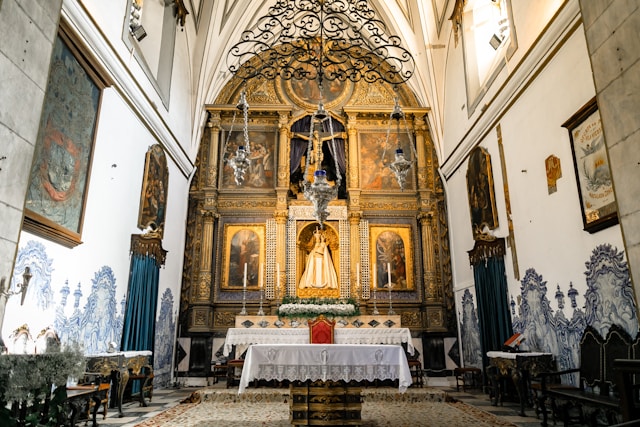Mount Zion is a hill in Jerusalem, Israel, with a rich and storied history that spans millennia. It is considered a sacred site in Judaism, Christianity, and Islam and has been a center of religious and cultural significance for centuries.
History of Mount Zion
The earliest known settlement on Mount Zion dates back to the Bronze Age, around 3000 BC. It was later captured by King David in the 10th century BC and became the capital of the Kingdom of Israel. Zion became a symbol of the Jewish people and their connection to the Promised Land.
After the Babylonian conquest of Jerusalem in 586 BC, Mount Zion was destroyed. It was later rebuilt by the Romans in the 1st century AD and became known as Aelia Capitolina. In the 4th century AD, the Byzantine emperor Constantine the Great built a church on the site, which became known as the Church of the Holy Sepulchre.
Mount Zion continued to be a contested site throughout the Middle Ages, with various empires and religious groups fighting for control of the hill.
Religious Significance
Mount Zion is considered a holy site in Judaism, Christianity, and Islam.
Judaism
- Zion is mentioned over 150 times in the Hebrew Bible, often as a symbol of the Promised Land and the city of Jerusalem.
- The Temple Mount, located on the eastern slopes of Mount Zion, is the holiest site in Judaism.
- The Western Wall, a remnant of the Second Temple, is a popular pilgrimage site for Jews.
Christianity
- Christians believe that Jesus Christ was crucified and buried on Mount Zion.
- The Church of the Holy Sepulchre, built on the site of Jesus’ crucifixion and burial, is a major pilgrimage site for Christians.
- Mount Zion is also mentioned in the New Testament, often as a symbol of the heavenly Jerusalem.
Islam
- Muslims believe that Muhammad ascended to heaven from Mount Zion.
- The Dome of the Rock, built on the site of Muhammad’s ascension, is a holy site for Muslims.
- Mount Zion is mentioned in the Quran several times, including in the story of Muhammad’s ascension.
Cultural Significance
In addition to its religious significance, Mount Zion has also played a role in the culture and history of the region.
The hill has been the site of numerous battles and sieges throughout history.
Mount Zion is also home to a number of cultural landmarks, including:
- The Old City of Jerusalem
- The Tower of David
- The Armenian Quarter
- The Jewish Quarter
- The Christian Quarter
- The Muslim Quarter
Visiting Mount Zion
Mount Zion is a popular tourist destination, and there are a number of ways to visit the hill.
Visitors can walk up to Mount Zion from the Old City of Jerusalem, which takes about 15-20 minutes.
There are also a number of buses and taxis that can take visitors to the hill.
Once on Mount Zion, visitors can explore the various religious and cultural landmarks, including the Church of the Holy Sepulchre, the Dome of the Rock, and the Western Wall.
Tips for Visiting Mount Zion
- Dress respectfully when visiting religious sites.
- Be aware of your surroundings and take precautions against theft.
- Drink plenty of water, especially during the summer months.
- Wear comfortable shoes, as there is a lot of walking involved.
- Allow plenty of time to explore the hill, as there is much to see and do.
Conclusion
Mount Zion is a fascinating and historically significant site that has played a major role in the history, religion, and culture of the region.
Whether you are interested in its religious significance, its cultural heritage, or simply its stunning views, Mount Zion is a must-visit destination in Jerusalem.


Leave a Reply